A future where people and nature coexist
~Environmental conservation and regeneration through
sustainable resource production using CO2 as well as CO2 visualization~
~Environmental conservation and regeneration through
sustainable resource production using CO2 as well as CO2 visualization~
We continue to promote the use of algae, the use of biomass fuels, and the restoration of ocean environments,
as a single effort consisting of three themes: decarbonization, resource recycling, and biodiversity.
People and nature coexisting
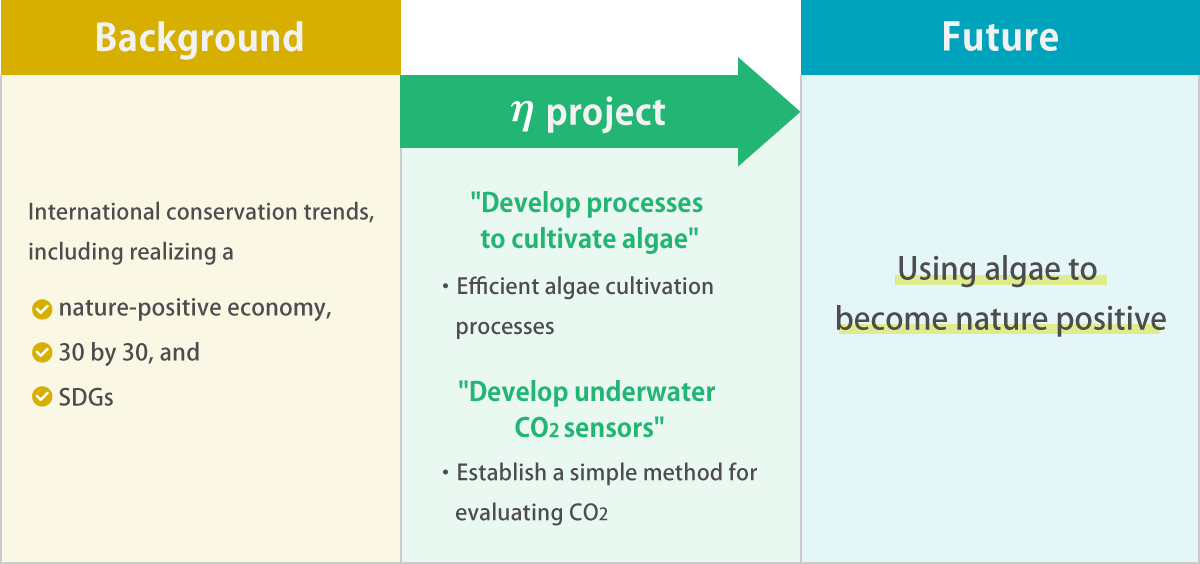
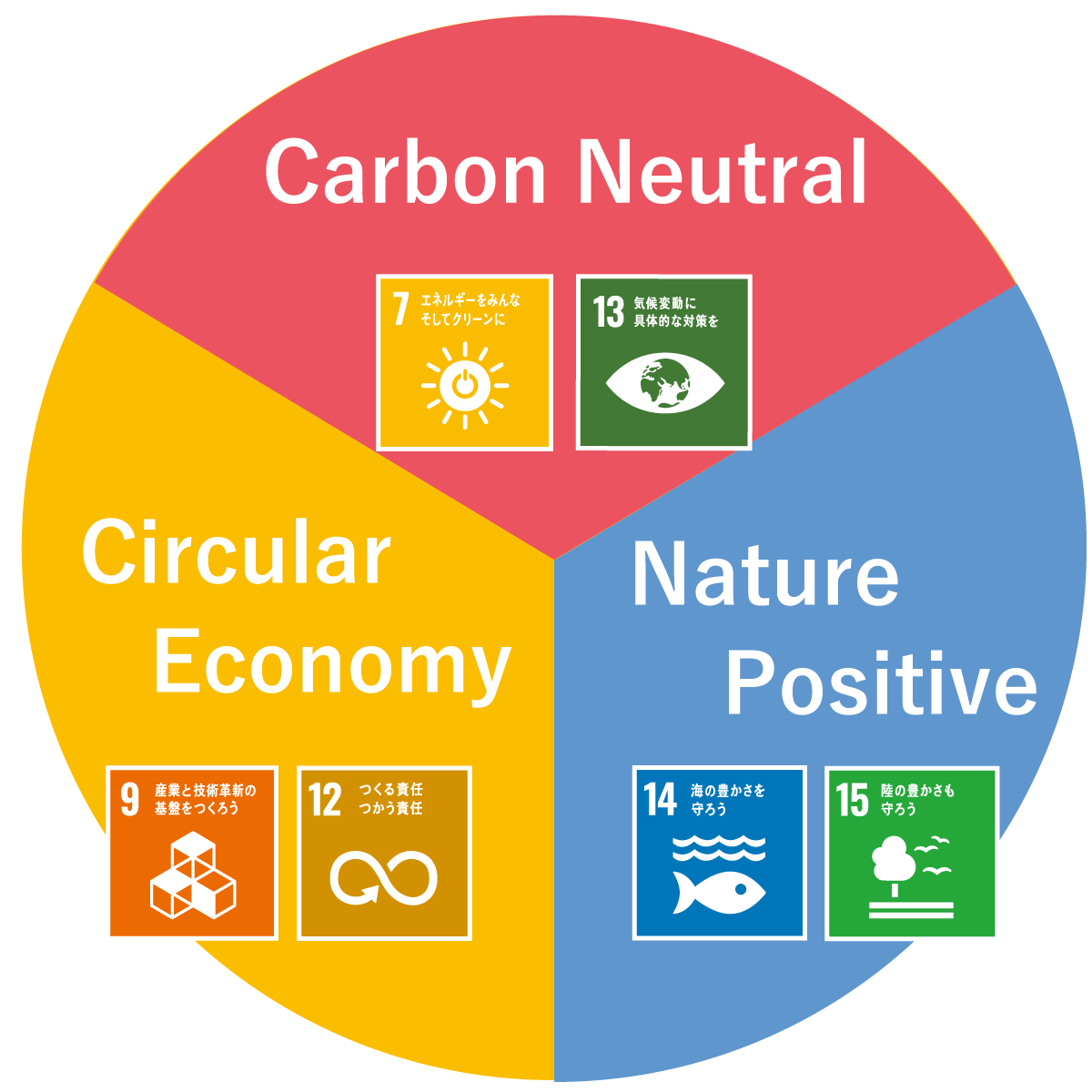
"Realizing a Nature-Positive Economy," a document released by the Ministry of the Environment, states that, "it will be crucial for future environment policy efforts to take carbon neutrality, the circular economy, and nature positivity into account.
" An international goal of designating 30% of Earth's land and ocean area as protected areas by 2030 has been set, called "30 by 30."
There are also some SDGs related to ocean and land biodiversity: "life below water" and "life on land." In view of these international trends, our goal for this project is not merely to conserve nature, but also for people and nature to coexist in a way where nature and industry are connected.
Although algae has many interesting and useful characteristics, our project approaches this topic from two directions. First is to promote the use of biomass fuel created from algae in order to reduce CO2. Second is to recover seaweed beds in order to restore ocean environments. Recovering seaweed beds will help increase the amount of CO2 absorbed in the ocean (blue carbon). Seventy percent of the earth is covered in ocean, and we can use this massive area as a "field" for absorbing CO2. Algae plays a crucial role in the absorption of CO2 by the ocean. With time, algae travels to the depths of the ocean where few microbes live, allowing it to continue to hold CO2 for thousands of years. We hope to take advantage of these characteristics of algae in order to create a future where people and nature coexist.
Using algae as biomass fuel to help reduce CO2
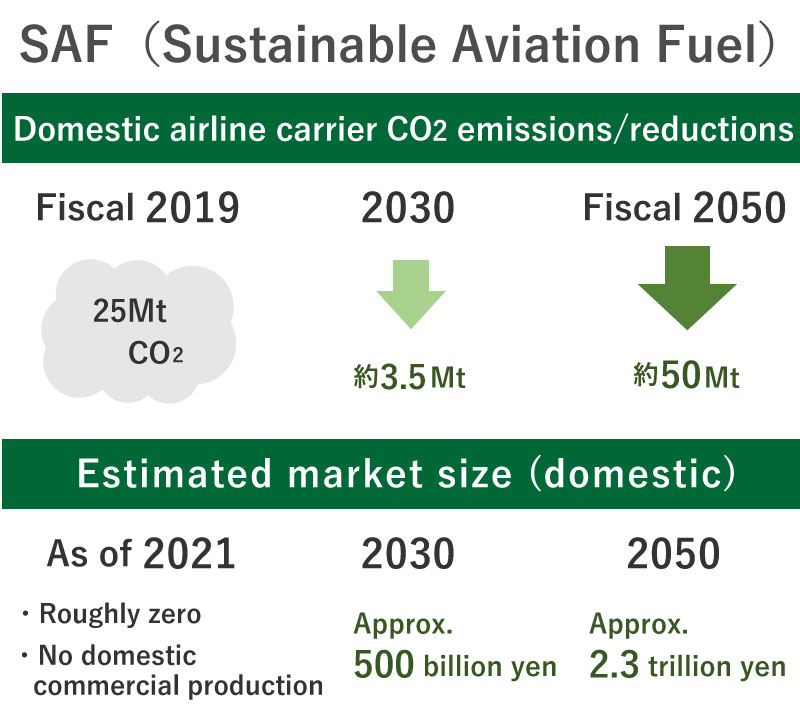
* Excerpt from "Issues Facing Increased SAF Provision/Use in Japan," Mizuho Bank
Carbon held in seaweed beds and biodiversity therein
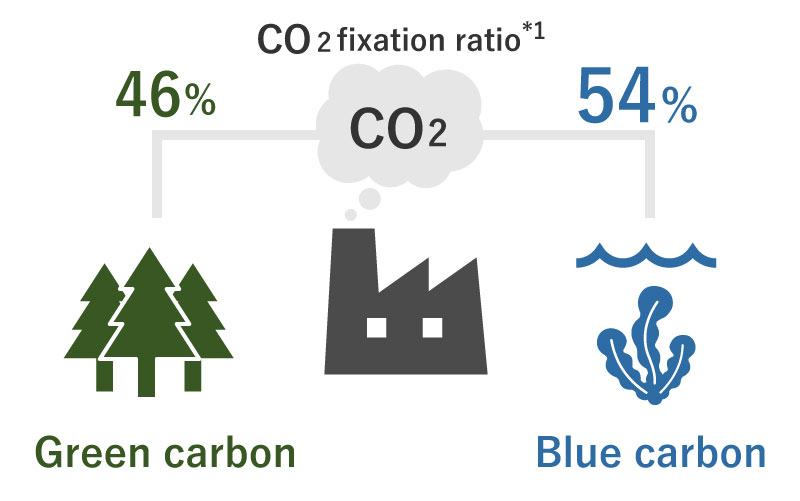
* BLUE CARBON - CO2 uptake and carbon storage in shallow coastal ecosystems and their utilization-(Masakazu Hori,Tomohiro Kuwae Chijinshokan Co.,Ltd.)
We are currently engaged in two unique initiatives related to our two approaches toward using algae. Our first initiative is to reduce the cost of biomass fuel created from algae. Algae is said to be the most efficient of biomass fuels, but the extremely high cost of production has stalled efforts to promote its use. Our goal for this project is to develop proprietary processes to efficiently grow algae, in order to reduce costs. Reducing the cost of biomass fuel created from efficient algae is especially important for the airline industry, which emits an enormous amount of CO2 and is hopeful for an alternative to fossil fuels to be developed. Our second initiative is to develop underwater CO2 sensors that can easily measure how much CO2 is being absorbed in the ocean. We aim to establish accurate and simple evaluation methods, by developing sensors that are even smaller, lighter, and simpler that the sensors being used today. This will help to visualize results, which can help conserve and recover the seaweed beds that absorb CO2 in the ocean.
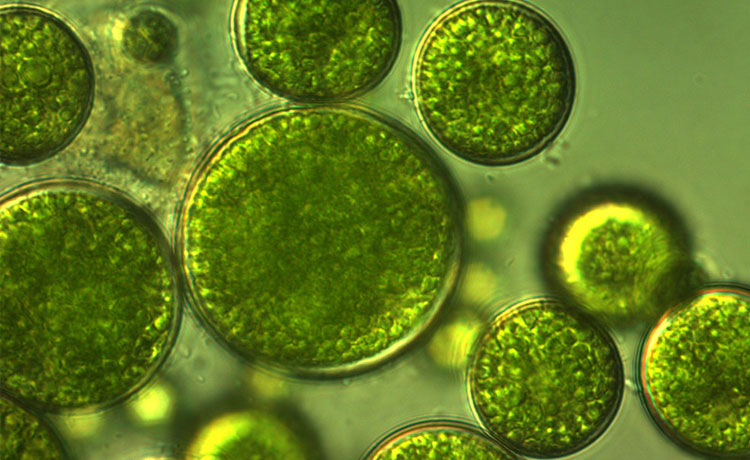
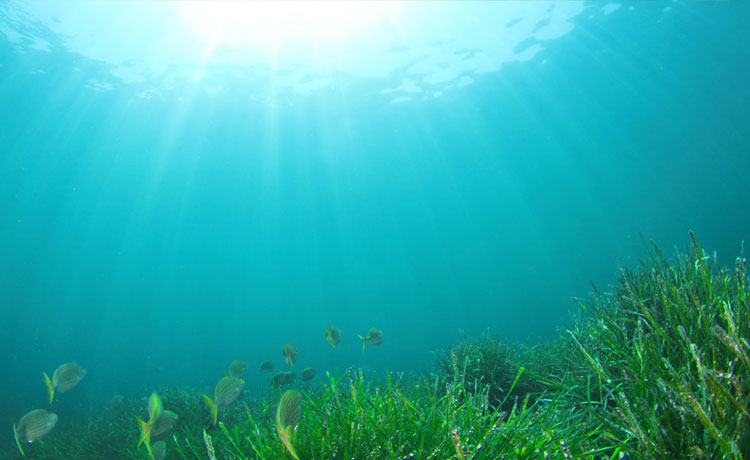

Determine issues
Create solutions to solve issues
Develop specific solutions
Seek partners
Conduct experiments
Create business
In order to develop technologies to cultivate algae, we will build and develop an internal microalgae cultivation environment. We aim to develop technologies to grow large amounts of algae indoors, since area production is higher indoors than outdoors. In order to develop underwater CO2 sensors, we plan to use our highly rated sensing technologies to develop sensors capable of directly measuring CO2 in the ocean. There are already reliable sensors capable of measuring CO2 in the air, and so we are working daily with external partners to find ways to use these underwater.
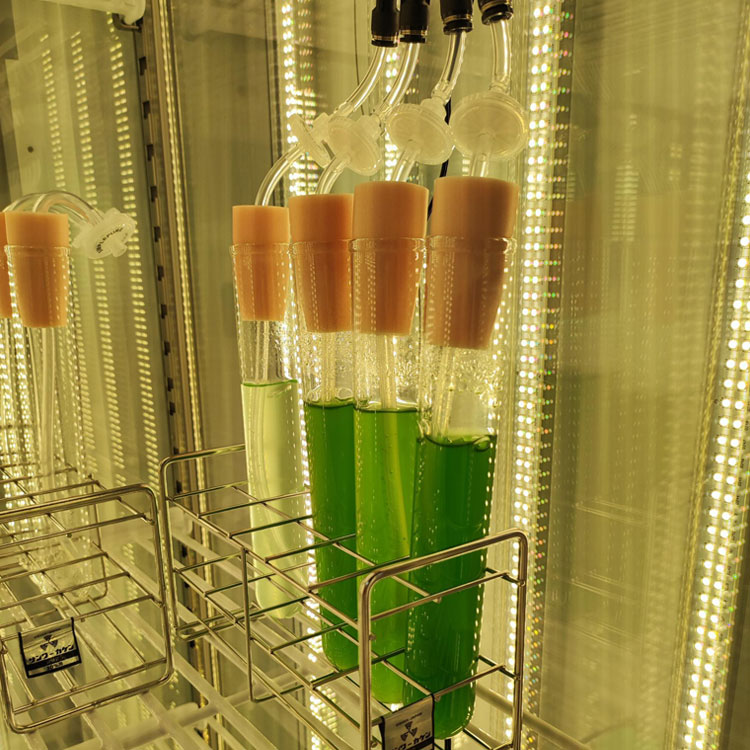
High-density cultivation process under development
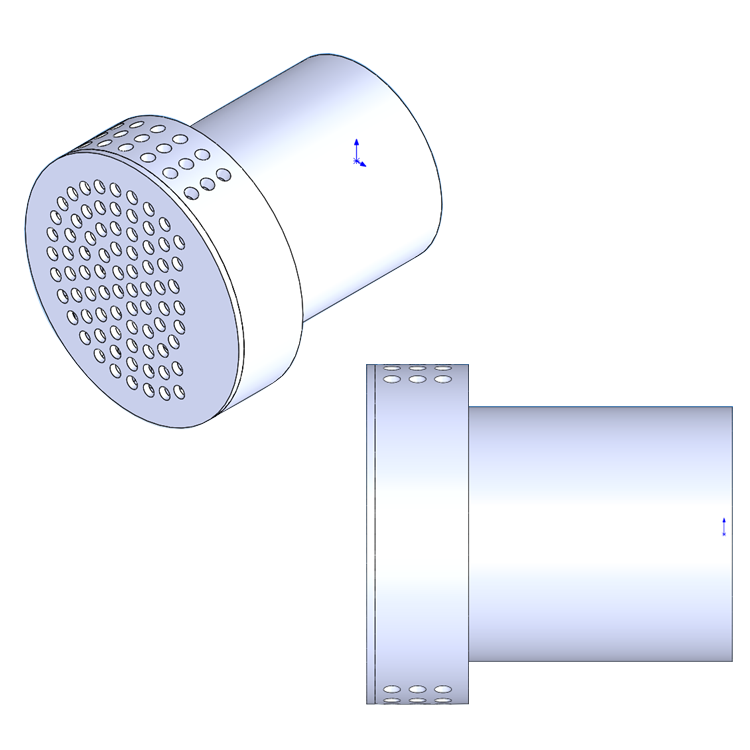
CO2 sensor under development
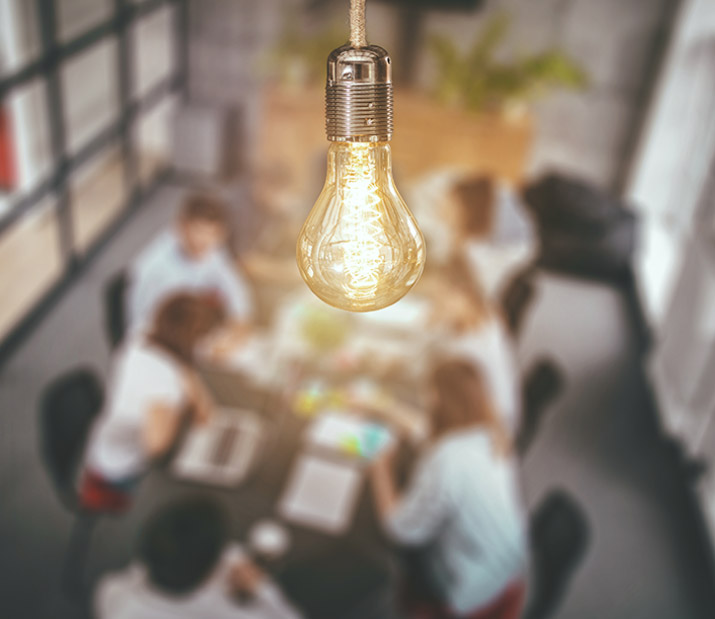
Murata Manufacturing is looking for research institutions, companies, and other organizations who are in the relentless pursuit of innovation and interested in turning ideas into unique solutions that could quite possibly shape the future of electronics and our global society.
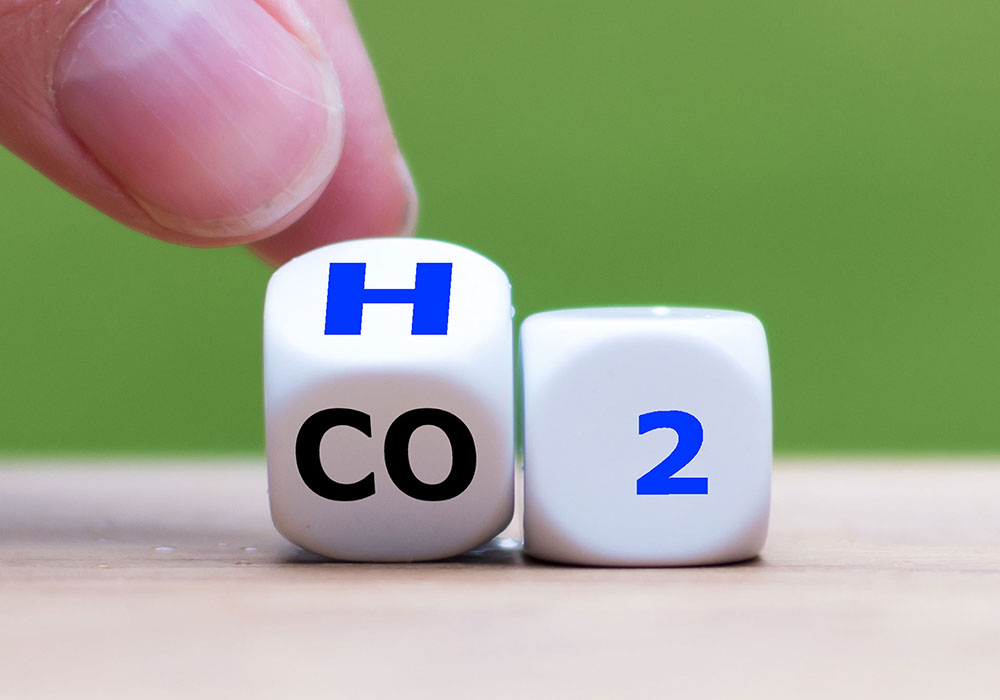
Hydrogen storage![]()
![]()
We are now developing bottles capable of storing high-energy concentration hydrogen even at room temperature and under low pressure, in order to make it easier for general consumers to use hydrogen and promote a hydrogen society.
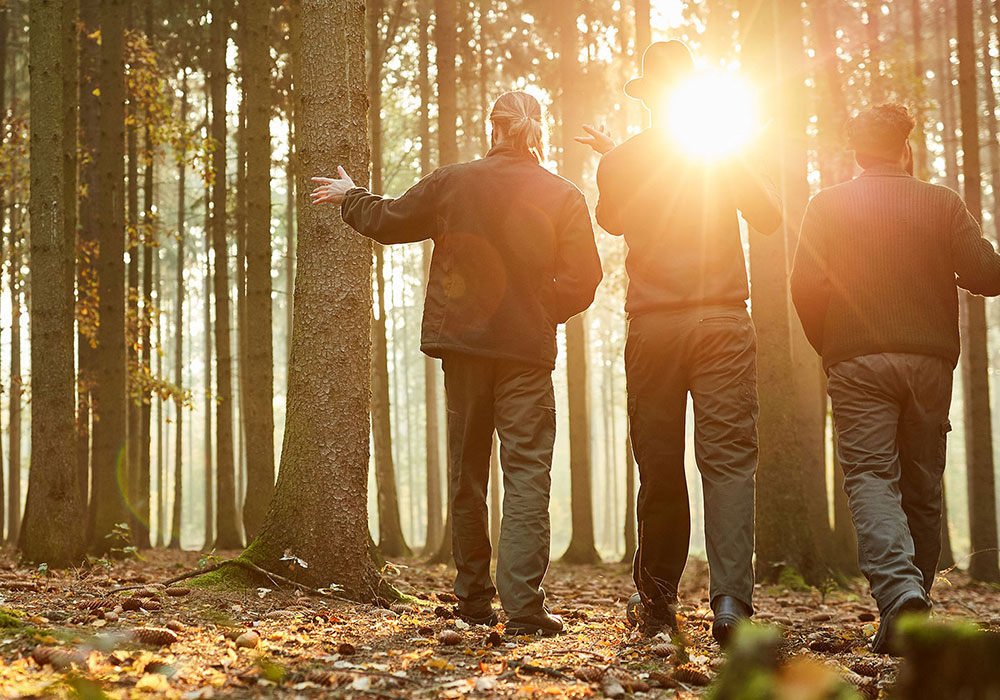
Forestry traceability
![]()
![]()
Among primary industries, we focus on forestry, which have various issues.We aim to empower forestry by improving timber traceability with electronics.

Diversity, active participation of individuals with disabilities
![]()
![]()
We use electronics technologies to remove barriers and help realize a society of well-being, so that each individual can participate in society regardless of differences in circumstances and beliefs.